1910s
Billie Carleton’s Death and the Birth of a Genre
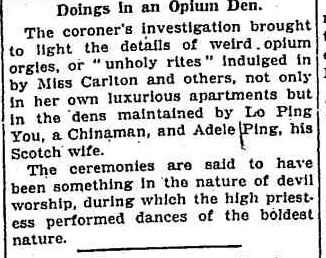
Original article here.
How did the hedonistic death of one minor actress lead to Fu Manchu and the Yellow Menace?
Read the whole story here.
Posted By: Paul - Fri Apr 21, 2017 -
Comments (0)
Category: Addictions, Crime, Death, Literature, Stereotypes and Cliches, 1910s
Mystery Gadget 44

This machine is packing something. What?
The answer is here.
And after the jump.
More in extended >>
Posted By: Paul - Mon Mar 06, 2017 -
Comments (3)
Category: Technology, 1910s
Beulah Miller, the Girl with X-Ray Vision
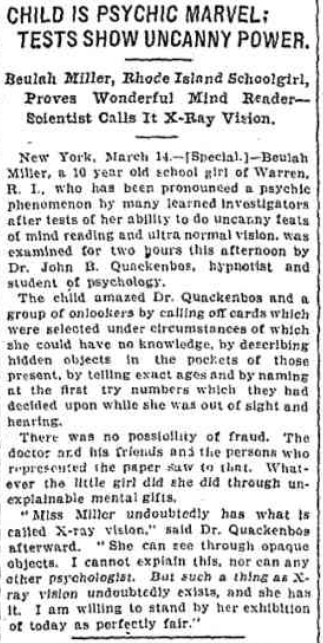
Very proud to have a resident of my native Rhode Island exhibit this uncanny power.
Although not everyone was so positive, as the NYT coverage from April 23, 193, shows.
Original article here.
Further coverage here.
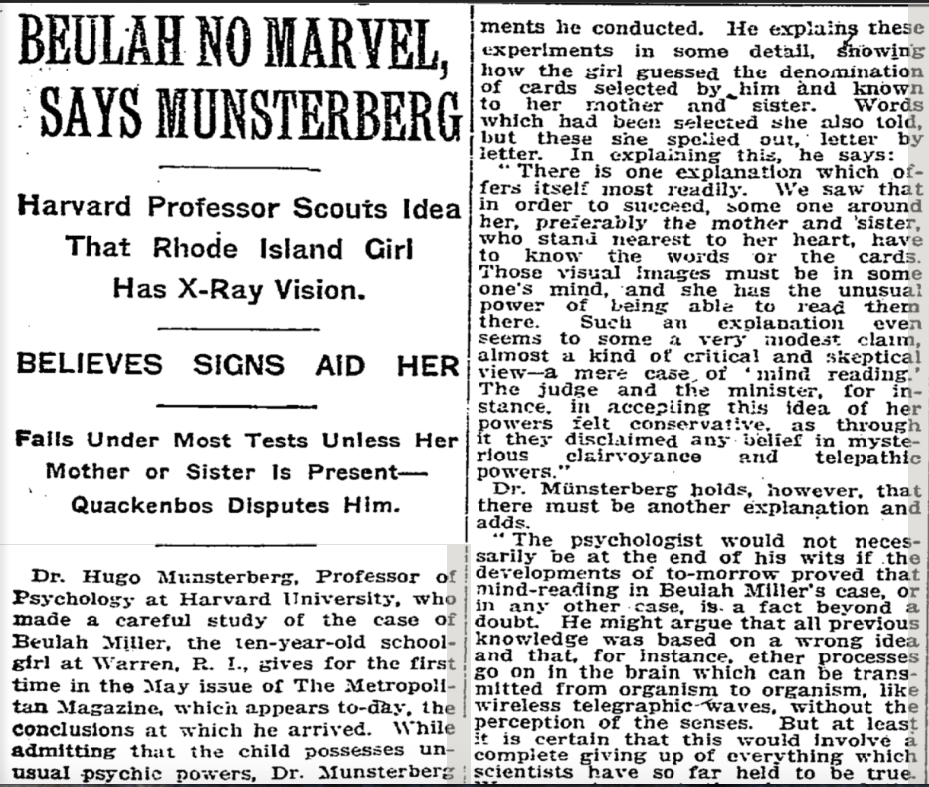
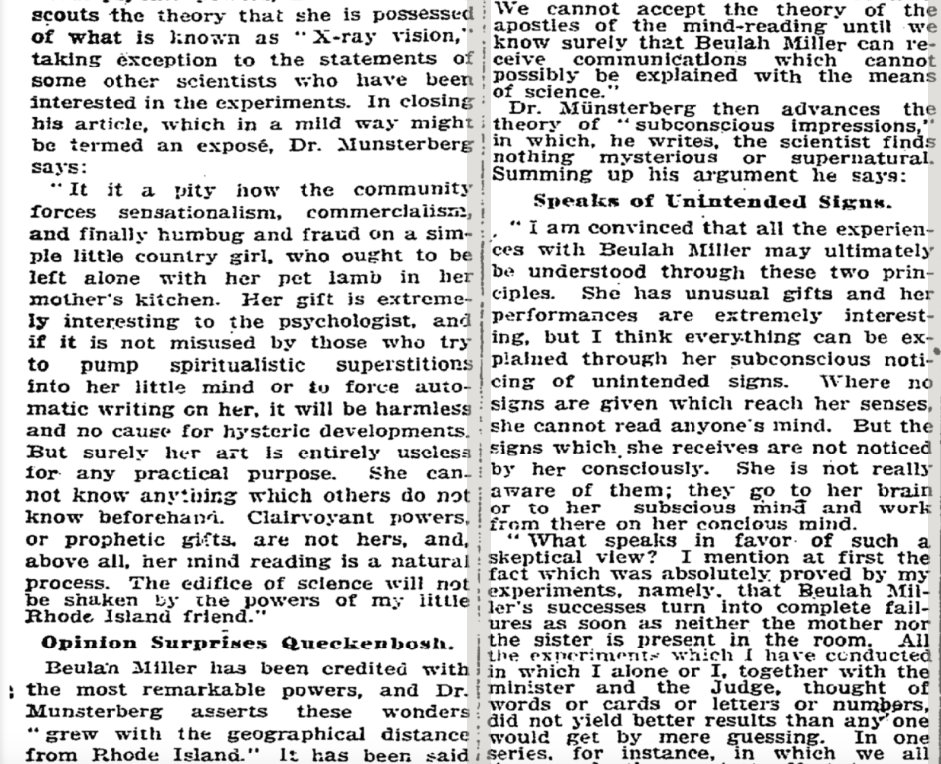
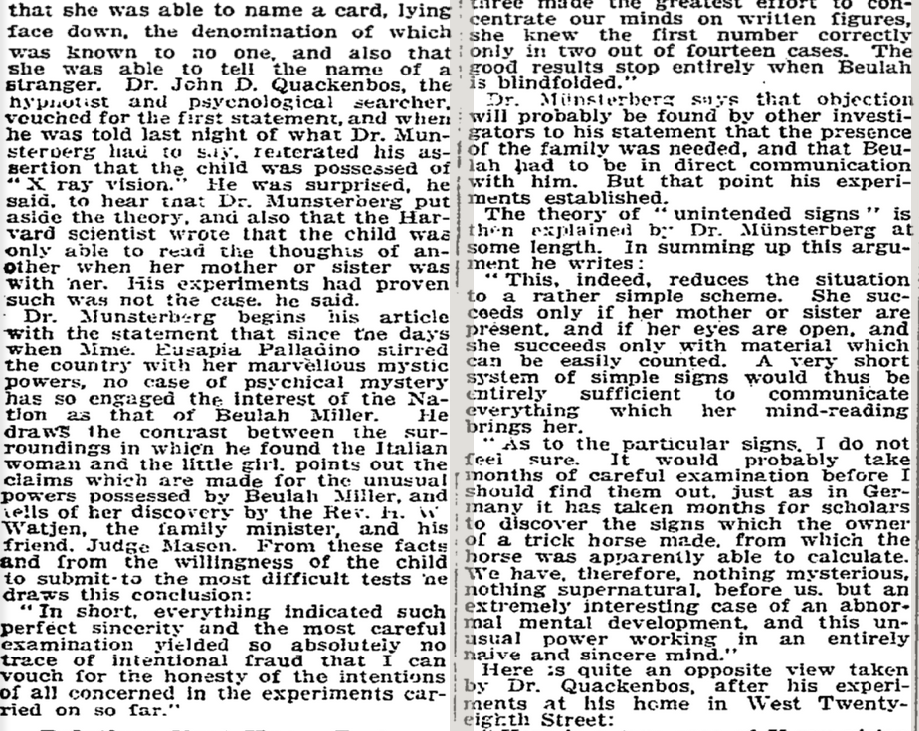

Posted By: Paul - Fri Mar 03, 2017 -
Comments (5)
Category: Human Marvels, Children, 1910s
The Pantheon de la Guerre
What was once the world's largest painting featured 6000 identifiable real-world figures. The postcard below represents just a fragment of it.Full story here.
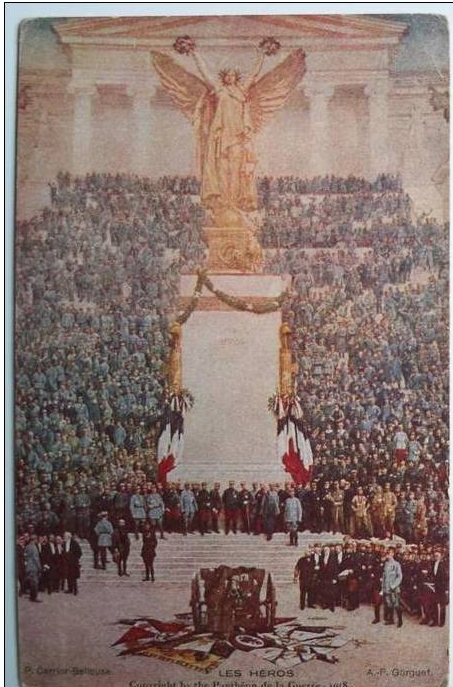
Posted By: Paul - Sat Feb 11, 2017 -
Comments (2)
Category: Art, War, 1910s
Hinkle Tablets
In 1915, this nostrum contained a nice little dose of strychnine. One assumes that by the time of the 1956 advert, they had eliminated that ingredient.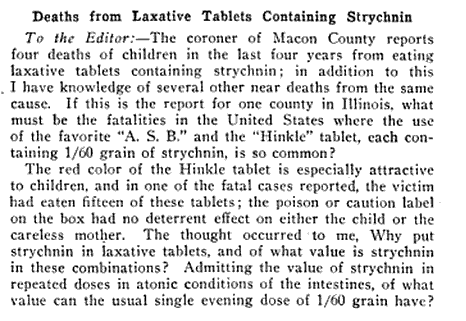
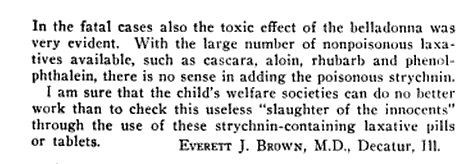
Original letter here.

Original ad here (page 13).
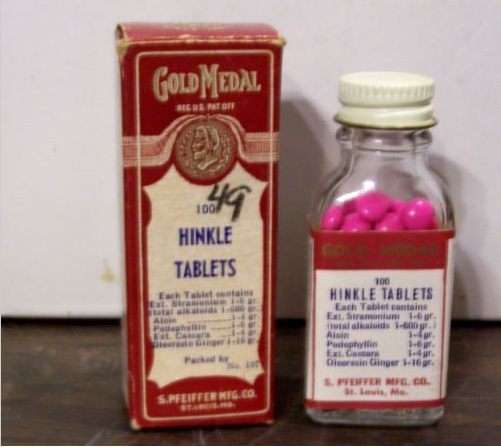
Posted By: Paul - Mon Jan 16, 2017 -
Comments (3)
Category: Death, Advertising, Patent Medicines, Nostrums and Snake Oil, 1910s, 1950s
Let the Dog Drive

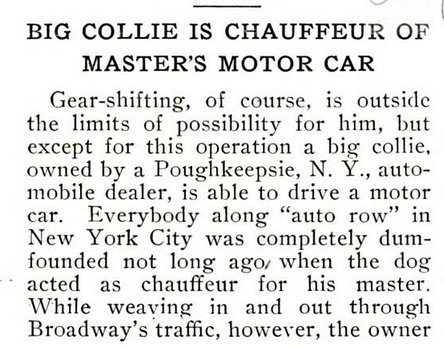
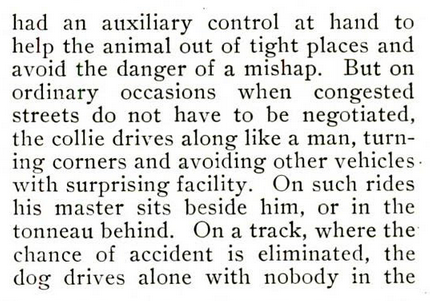

Original story here.

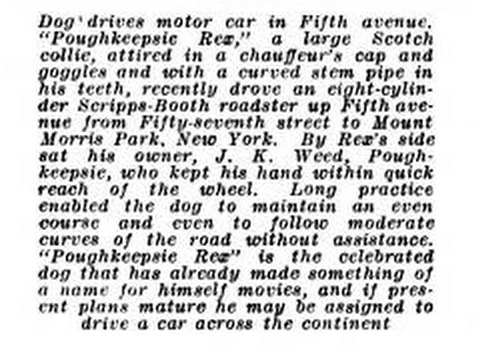
Original story here.
From THE NEW YORK TIMES for November 7, 1916.
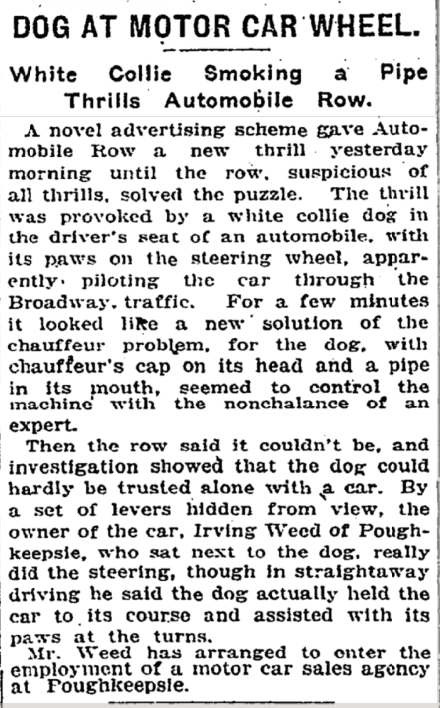
Posted By: Paul - Tue Dec 20, 2016 -
Comments (5)
Category: Dogs, 1910s, Cars
Science of the Great Molasses Flood

The Boston Molasses Flood of 1919 is one of the great weird news stories of all time. It was a tragedy (21 people killed), but also definitely weird.
What happened in brief: A tank holding 2.3 million gallons of molasses burst, causing a 40-foot tsunami of molasses to flood through Boston's North End.
Exactly why the tank burst and why the flood proved so deadly has always been a bit of a mystery. But now scientists have done their thing and have come up with a few answers. As reported in the New York Times (Nov 26, 2016), interviewing aerospace engineer Nicole Sharp:
"At the time people thought there must have been an explosion in the tank, initially, to cause the molasses to move that fast," she added. But after the team ran the experiments, she said, it discovered that the molasses could, indeed, move at that speed.
"It's an interesting result," Ms. Sharp said, "and it's something that wasn't possible back then. Nobody had worked out those actual equations until decades after the accident."
If the tank had burst in warmer weather, it would have "flowed farther, but also thinner," Mr. Rubinstein said.
In the winter, however, after the initial burst — which lasted between 30 seconds and a few minutes, Ms. Sharp said — the cooler temperature of the outside air raised the viscosity of the molasses, essentially trapping people who had not been able to escape the wave.
Posted By: Alex - Mon Nov 28, 2016 -
Comments (2)
Category: Disasters, 1910s
Don’t Waste Paper
In 1918, the U.S. War Industries Board ran ads in magazines and newspapers urging everyone to save paper. The reason: "Paper contains valuable chemicals necessary for war purposes. Economy in the use of paper will release a large quantity of these materials for making poisonous gas."All patriots were urged to do their part to help "Gas the Fiendish Huns."


The Illustrated Milliner - Sep 28, 1918
The more of this powerful gas we have at the battle front the more of our boys' lives we save and the quicker we will win the final victory.
Do not waste a scrap of paper.
Posted By: Alex - Fri Oct 14, 2016 -
Comments (2)
Category: War, 1910s
Nellie Hantz, housewife and thief
In October 1916, police arrested Mrs. Nellie Hantz and charged her with committing over 100 burglaries in the Chicago area. Her MO was unusual. When her husband, Carl, left in the morning to attend classes at a school of chemistry, and her 14-year-old daughter was at school, Nellie would sneak out and burglarize homes. She made sure to be home before her husband returned. The press named her the "wife thief" as well as the "matinee thief."She kept her loot and burglary tools hidden beneath the bedroom mattress, and her husband, upon her arrest, insisted he had no knowledge of her daytime activities. Nellie seconded this: "I've been prowling for eighteen months. I know you've been after me, but it took a long time to catch me, didn't it? I guess I was just born to be a crook. You'll have to lock me up. But it's too bad about Carl. He never suspected."
The burglary equipment police found beneath the mattress included "a revolver, a razor, a jimmy, an electric flash lamp, several files, and an ingenious set of keys, skeleton and otherwise, of her own manufacture."
Despite being caught, Nellie was unrepentant. She declared, "I love to rob places. I'd keep on being a burglar if I had a million, but I am afraid of the dark and I did all my robbing by daylight."
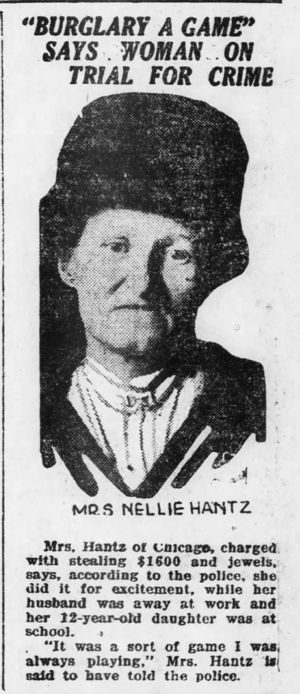
Coffeyville Daily Journal - Dec 6, 1916
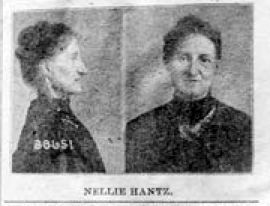
Nellie Hantz - via nycmugshots
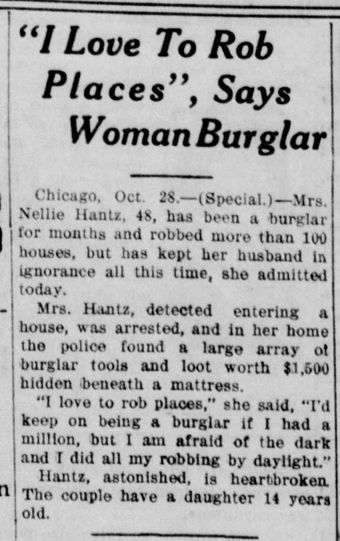
The Salem News - Oct 28, 1916
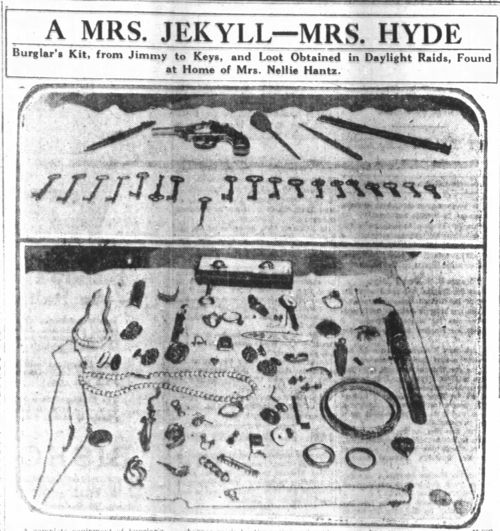
Chicago Daily Tribune - Oct 28, 1916
Posted By: Alex - Sat Oct 08, 2016 -
Comments (1)
Category: Crime, 1910s
Drank Embalming Fluid

The Lima News - Feb 2, 1919
This 1919 news report of two railroad employees who drank from a barrel of alcohol, not aware that it was being used to preserve two human skeletons enroute to a medical school, sounds a lot like the "corpse in the cask" urban legend.
The legend, which dates back at least to the nineteenth century, played on the fear of accidental cannibalism. As explained by Jan Harold Brunvand in his Encyclopedia of Urban Legends:
In one version of the tale, following the Battle of Trafalgar in 1805 the body of Lord Nelson was preserved in a barrel of brandy, from which sailors sipped as it made its way back to England, inspiring the expression "tapping the admiral."
Posted By: Alex - Tue Oct 04, 2016 -
Comments (3)
Category: Death, Inebriation and Intoxicants, 1910s

| Who We Are |
|---|
| Alex Boese Alex is the creator and curator of the Museum of Hoaxes. He's also the author of various weird, non-fiction, science-themed books such as Elephants on Acid and Psychedelic Apes. Paul Di Filippo Paul has been paid to put weird ideas into fictional form for over thirty years, in his career as a noted science fiction writer. He has recently begun blogging on many curious topics with three fellow writers at The Inferior 4+1. Contact Us |




